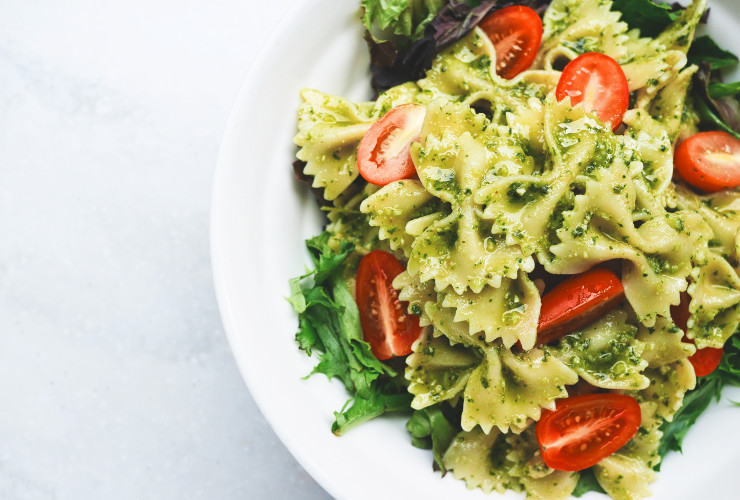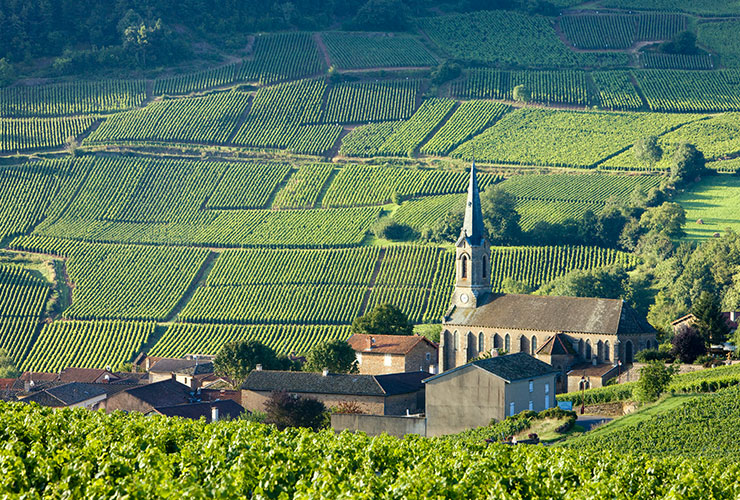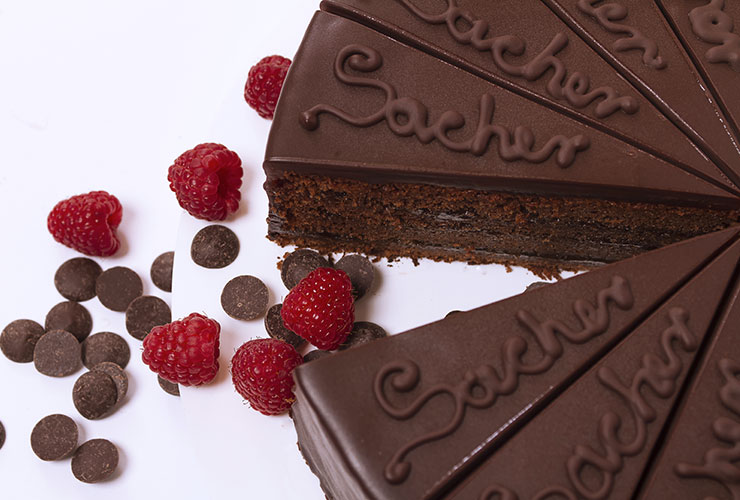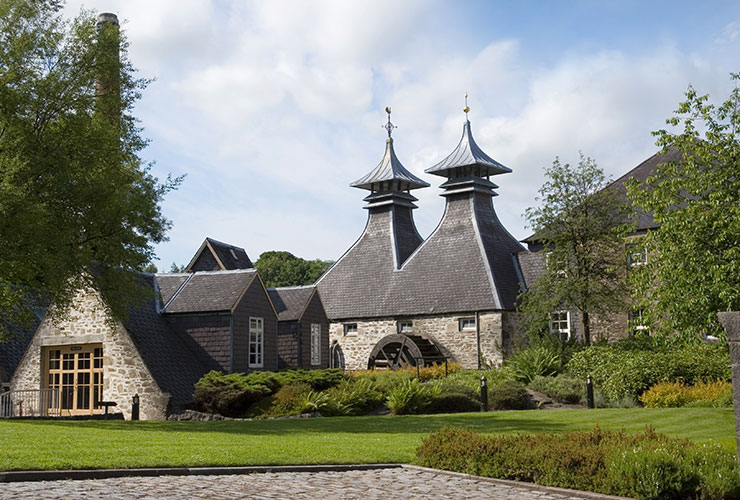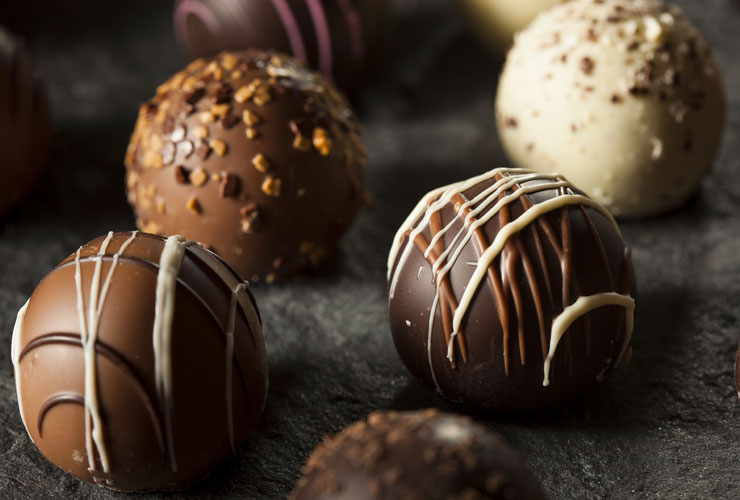Paella Experience
Paella is a typical dish of Valencia and has over time become a benchmark of Spanish gastronomy. Like many popular dishes, the paella is based on the union of different culinary ingredients that are specific to its geography. The area of Valencia has indeed always been rich in fresh vegetables, chicken, rabbit, and the proximity of the “Albufera” area, a wide lagoon characterized by the presence of paddy fields, fulfills the necessary conditions for the creation of this wonderful dish.The origin of its name derives from the name of the pan in which it is cooked. In fact, a “paella” is a traditional frying pan with a minimum diameter of 20 cm where the single handle has been replaced by two handles to handle the weight of the dish.
Tracing its history it appears that the paella was born in the homes of the nobles between the 15th and 16th centuries, and was at the time considered a type of leftover cuisine as the ingredients were recovered from the opulent tables of the lords and reused by the servants for the creation of paella. The original recipe used meats and vegetables only, and fish or shellfish were rarely mixed with the meat. In fact, the delicacy of a paella stems from the uniqueness of the typical local ingredients of the region where it is prepared, and that is indeed the strength of a tasty and delicious paella.
According to the tradition paella is cooked outdoors and if possible using wood from orange trees only, a common resource in Valencia. The Valencian people usually meet on Sundays with their families to eat paella together for lunch, so beware of restaurants offering the dish in the evening as it might be what was cooked for lunch and then reheated. At a restaurant or prepared by yourself in a paella cooking class, this dish is like tasting a real piece of Spain.
Porto Wine Experience
The Port is the most famous fortified wine and holds exceptional importance in the worldwide wines industry. The “Vinho do Porto” or, simply, Porto, is a wine produced in the quintas (wine estates) of the Douro valley, located east of Porto in northern Portugal. This spectacular valley was the third wine region in history to gain protection, and was as such recognized in 1756 as the exclusive territory of Port production worldwide. Earlier similar designations include Chianti in Italy (1716) and Tokaj in Hungary (1730).
The Douro valley is an area that presents many difficulties to winemakers. The hillsides slope down steeply to the river making growth of the vines possible only on terraces carved from the ground itself. Furthermore, harvesting the grapes is made even more difficult due to the torrid summer temperatures that prevail during harvest season. For this reason, even as the Porto is produced only using grapes grown in the Douro Valley, the processing and manufacturing of the wine itself is concentrated in Vila Nova de Gaia, a small town just outside of the city of Porto. Grapes and barrels of wine used to be transported by the rabelos, the typical Portuguese sailboat, on the river from the valley of the Douro to Vila Nova de Gaia to be processed and aged there.
The excellent connections and proximity to the Atlantic Ocean made it possible to ship the Port to foreign destinations, particularly to the northern English harbors. Due to difficulties of growing French wines on this land and an ongoing embargo between France and England in the late 17th century, the Port became extremely popular in the upper and aristocratic classes. For this reason the English became the main consumers of Port wine and as a result the labels often still to this day have English names.
The Port is not a classic wine: it is in fact a product obtained from a partial fermentation process of the must. While fermentation is going on, this process is stopped by adding alcohol derived from the distillation of the marc, the local aguardente. Sugars contained in the must don’t realize their full fermentation process but rather remain within the wine, giving the Port wine its unmistakable sweet taste and naturally higher alcohol content.
You can choose among different quality Port wines, from basic ones to the most prestigious labels of Tawny and Vintage, which are aged up to 40 years. The Port wine lodges of Vila Nova de Gaia are a once in a lifetime “must do” for wine lovers visiting Portugal and we can easily arrange for an amazing Port wine tasting in front of the Old Town of Porto where you will breathe in the fascinating history of this unique fortified wine.
Jamón Ibérico Experience
Spain has a long tradition of curing ham. Emerging originally from its humble beginnings as a rural peasant tradition, the Jamón Ibérico has become a highly prized item for connoisseurs of Spanish cuisine.
The story of this undisputed champion of Spanish gastronomy is steeped in mystery and romance. According to legend, Spanish ham was born when a pig fell and drowned in a stream whose waters were very rich in salt. The pig was picked up by some shepherds who then roasted it and discovered the pleasant taste of salted meat, especially that of ham. Ever since then the Spanish kept on salting ham to refine its taste until they created what today is defined as the best ham in the world, known as Pata Negra but whose correct name is Jamón Ibérico de Bellota. The greatness of this ham can only be achieved with patience, skill and adherence to traditional methods.
The pigs whose hind legs will become Jamón Iberico de Bellota are raised in the wild in the forests of Andalusia, Extremadura and Salamanca. There they feed primarily on oak acorns they find on the forest floor. A maximum of two pigs per hectare provides for plenty of acorns for all. Oak acorns are particularly rich in oleic acid, the same important good cholesterol fat found abundantly in olives. The oleic acid can be traced in the fat of the ham itself and is very similar to vegetable oils, turning this ham into an amazing taste experience. Throughout their lives the pigs are treated as humanely as possible so as to avoid stressing the animals that would trigger a series of chemical reactions that potentially could affect the taste of the meat. Once cured for 24 to 48 months the ham is finally ready to be enjoyed.
There are various classes of Spanish ham, depending on the breed of the pig, the feeding regiment and the production area. For this reason their quality and prices can vary greatly. From the most “common” Jamón Serrano up to the prized and expensive Jamón Ibérico de Bellota, produced from pigs fed mainly with acorns (hence the name of bellota) grazing in the so-called dehesas (a low density forest typical of the western areas of the Iberian Peninsula), and the most famous Jamón Ibérico Pata Negra derived from black nailed pigs raised in the largest oak area in the world between the regions of Extremadura and Andalusia. We can organize an exquisite ham tasting tour during your vacation in Spain and you will immediately understand why so few food experiences have or will ever match it.
Architecture in Rioja region Experience
There is a very small and special area in northern Spain famous for its namesake DOC wine. Defined by an Atlantic climate with Mediterranean influences, the Rioja region is “La Tierra con nombre de vino”, or literally the land with the name of wine.
Spectacular wineries have sprung up in the recent past. They are often impressive buildings, characterized by avant-garde aesthetics and functionality, conceived as places for true masterpieces, such as Rioja wines. Some of the oldest wine estates have been restored, integrated or rebuilt by great architects, offering an experience for travelers to indulge in wine, food and design all at the same time. In the town of Haro you will find the largest concentration of bodegas (cellars) and wineries. Here you will find the impressive winery of Rafael de Heredia Tondonia, curiously shaped like a giant decanter designed by architect Zaha Hadid, where millions of liters of wine rest in oak barrels.
In the city of Elciego, The City of Wine, you will find the Marqués de Riscal wine cellars and famous luxury hotel designed by the renowned Guggenheim Museum Bilbao architect Frank O. Gehry. The Hotel Marqués de Riscal Hotel is a revolutionary building, covered with undulating sheets of titanium that rise from the ground like grape vines, perfectly integrated into the landscape. In the village of Laguardia the Ysios cellars by Spanish architect Santiago Calatrava deserve your attention. The dramatic construction has a wavy rooftop that mirrors the surrounding mountains, sitting atop a long wooden building of copper clad cedar. Here everything is designed to promote and achieve the highest quality of wine production and aging.
These are just few examples of the new wine cathedrals in Spain, but numerous others exist in widespread wine regions. Contact us to arrange an extraordinary “architectural wine tasting tour” and take advantage of your vacation in Spain to get closer to its vibrant wine culture.
 Hire Expertise
Hire Expertise Bespoke Itineraries
Bespoke Itineraries Travel Carefree
Travel Carefree